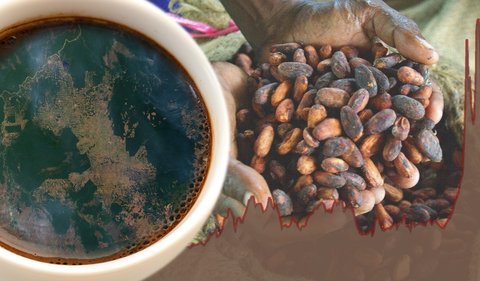
Betting on the Next Harvest: Why Agtech’s Moment May Finally Have Arrived
For the first time, agricultural innovation may align with both the economics of venture capital and …

For the first time, agricultural innovation may align with both the economics of venture capital and …

Exiting a company is a milestone—but for mission-driven founders, it’s also a chance to rethink how …
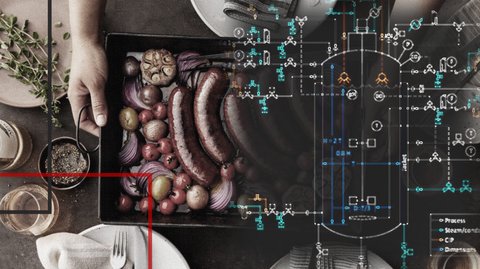
In just four years, leading companies in the cultured meat sector have driven core production costs …
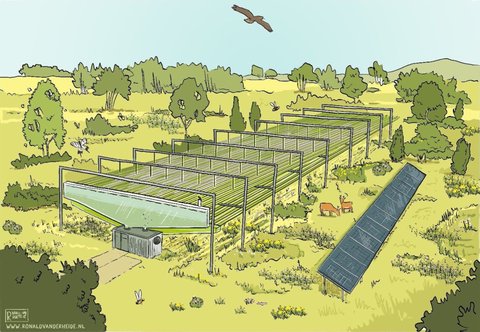
Microalgae, those tiny organisms that thrive in water and sunlight, hold immense potential for …
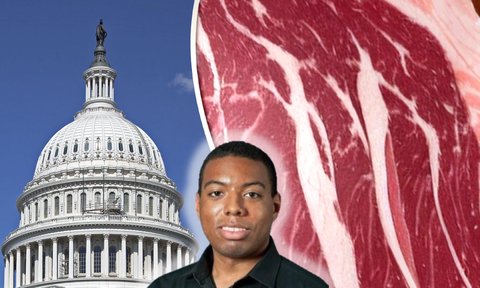
By taking the tools of tissue engineering and adapting them to work on a scale as large as …

The general assumption is that technology is intrinsically neutral — it can be used for either good …
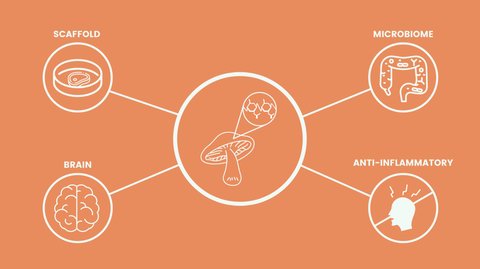
Chitin- and chitosan-based scaffolds show promise for improving both the scalability and nutritional …
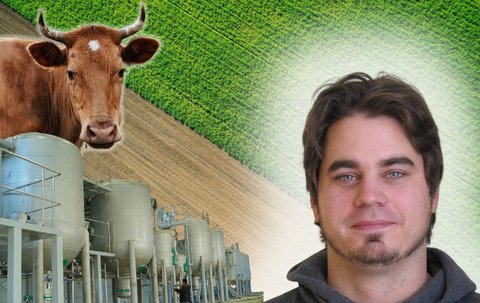
What options are on the food-tech menu for achieving long-term protein security? Cell culture, …
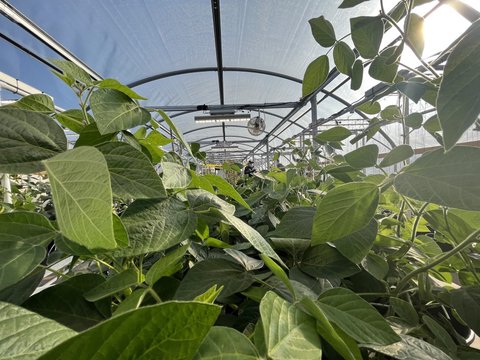
Gene-recombinant biotechnologies aim to produce key animal proteins at a fraction of the cost of …

Seaweed is the collective noun for a group of at least 10,000 species of macroalgae, and new species …
No spam. Unsubscribe anytime.